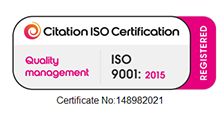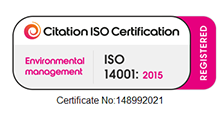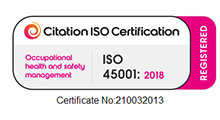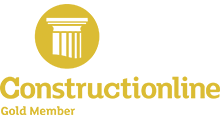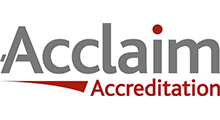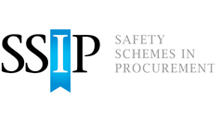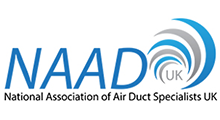How to Maintain a Healthy Desk
Businesses are steadily resuming operations around the world, but restrictions and regulations are still needed to keep COVID-19 from spreading. After all, the virus hasn't gone away and is likely to stay around for a while longer. Maintaining a clean desk is essential for all employees to work in a safe setting.
Health & Hygiene Facts
- Around 80% of common illnesses are spread by touching and 10-12% of illness-related absenteeism across the EU is as a result of the flu virus (Source: Staples)
- Coughing spreads droplets as far as six metres while sneezing spreads droplets as much as eight metres. These droplets stay suspended in the air for up to 10 minutes (Source: Massachusetts Institute of Technology)
- Only 61% of UK office workers reported exercising proper handwashing etiquette after going to the toilet. (Source: SMC Premier)
- The average desk contains 400 times more germs than a toilet seat. The average desktop harbours 20,961 germs per square inch and that’s in addition to 3,295 on the keyboard and 1,676 on a mouse and a staggering 25,127 on the phone (Source: Printerland)
- Cultivation of swabs performed 5 min after disinfection and subsequent calculation of the reduction of contamination have shown that simple wiping with an antibacterial wet wipe led to a significant reduction of microbial contamination of surfaces, with effects ranging from 36.8 to 100% (Source: US National Library of Medicine National Institutes of Health)
Cleaning, Disinfecting & Sanitising for Hygiene and Health
- When it comes to minimising germs at your desk, you need to know the difference between cleaning, disinfecting, and sanitising surfaces and objects that you use almost every day.
- 73% of consumers feel that their workplace should be cleaned daily and 56% want their workplace disinfected daily. (Source: OpenWorks)
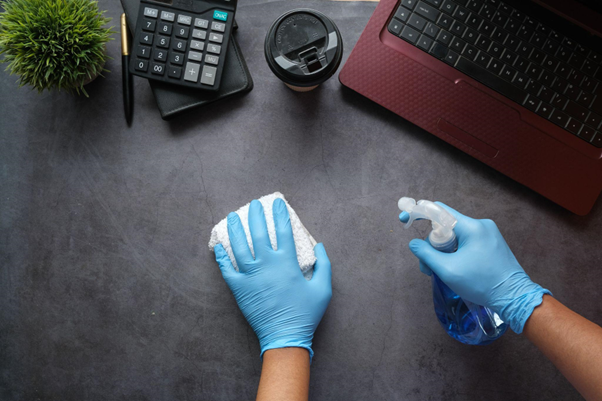
What Are the Differences?
- Cleaning
- This works by using soap (or detergent) and water to physically remove dirt, impurities and germs.
- It is a remover rather than a killer of germs as it lowers their numbers plus the risk of infection spreading.
- Disinfecting
- This works by using chemicals to kill germs.
- As a killer of germs, this won’t clean dirt or remove germs, however after cleaning it can lower the risk of infection spreading.
- Disinfectants are strongest, killing 99.999% of germs on hard, non-porous surfaces or objects. (Source: Environmental Protection Agency)
- Sanitising
- Treats surfaces and objects by cleaning or disinfecting that lowers the number of germs to a safe level, as per public health standards or requirements, to lower the risk of infection spreading.
- Sanitisers kill 99.9% of germs on hard surfaces. (Source: Environmental Protection Agency)
“Disinfecting kills the majority of viruses and bacteria. Sanitising doesn’t kill everything.”
- Diane Calello, MD, Associate Professor, Rutgers New Jersey Medical School
What Do the Experts Say?
‘Surfaces and equipment can harbour dirt, viruses, and bacteria that can remain active for months. Without regular office cleaning and good personal hygiene – e.g. antibacterial hand washing – there’s an increased chance of these surface germs transferring to you and giving you illnesses like flu, food poisoning, and diarrhoea.’
- Dr Arun Thiyagarajan, the Health Clinics Medical Director of BUPA UK
Health Benefits of Hygiene Practices & Anti-viral Procedures
- Improved health and fewer sick days. The common cold has been found as the cause of 22% of UK sick days, as germs are often easily spread around an office (Source: Printerland)
- Enhanced productivity as tools and materials will be easier to find with less clutter linked to better focus for staff
- Minimised risk of food poisoning or similar bacteria-related illness, with around 90% of most office mugs found to harbour dangerous germs on their surface and 20% of those carry faecal bacteria (Source: Printerland)
- More positive mindset based on a supportive culture of health promotion plus reduced anxiety around illness due to better hygiene
“Cleaning of visibly dirty surfaces followed by disinfection is a best practice measure for prevention of COVID-19 and other viral respiratory illnesses in community settings.” (Source: Centres for Disease Control and Prevention)
For more information on our Office Cleaning services click here.

We're committed to your privacy. Find out more.





